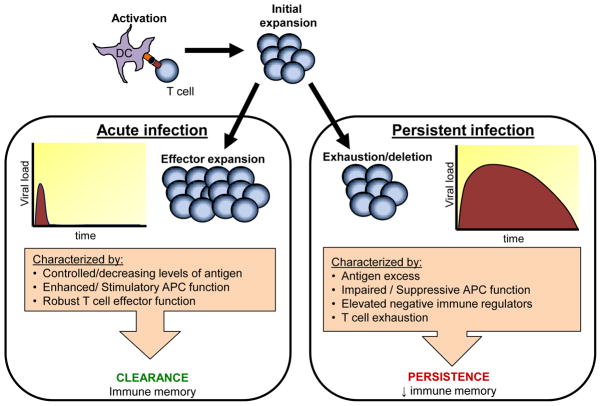Figure 2. Characteristics of acute vs. persistent viral infection.
Viral infection results in one of two outcomes: clearance or persistence. Clearance of virus in the acute phase is characterized by vigorous expansion of virus-specific T cells with anti-viral activity. Viral persistence is characterized by an initial T cell expansion similar that of an acute infection. However, when virus is not cleared in the acute phase then T cells experience decreasing function (i.e. T cell exhaustion) that may lead to deletion of the cell. The T cell exhaustion is partially caused by the expression of negative immune regulators such as IL-10 and PD-1. Many viruses that cause persistent infection also target DCs by suppressing or subverting their function. Together these factors not only contribute to establishing persistent infection but also hinder the formation of memory responses.

